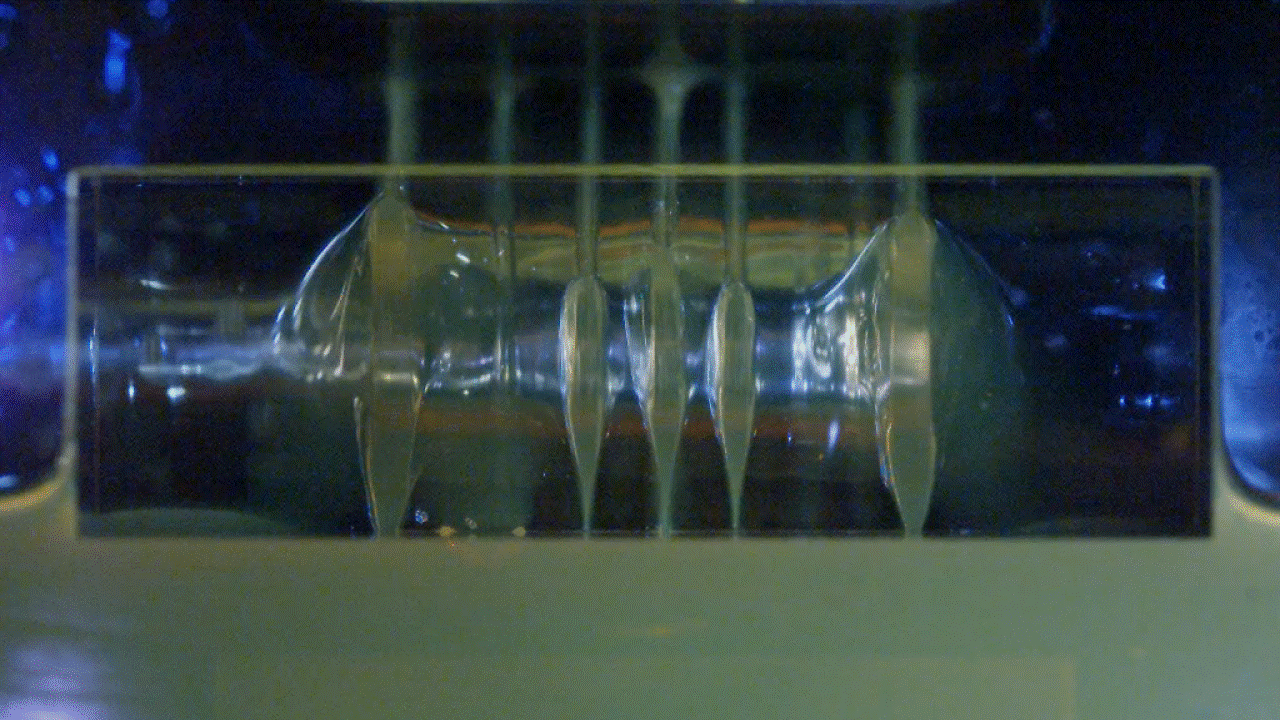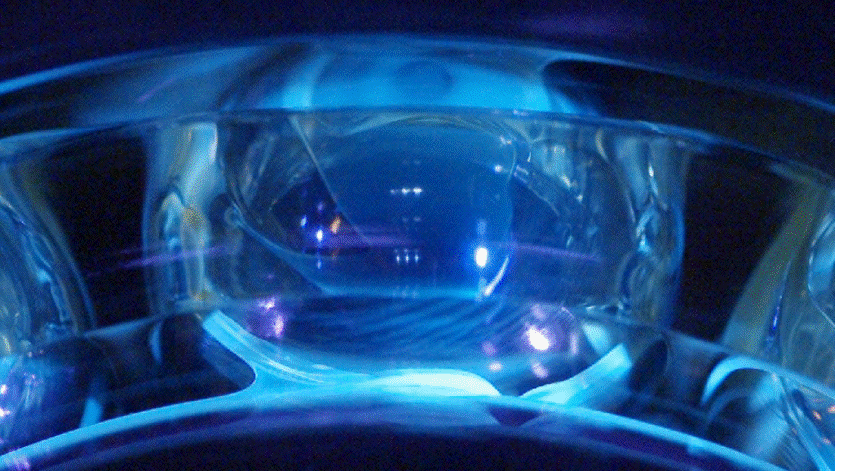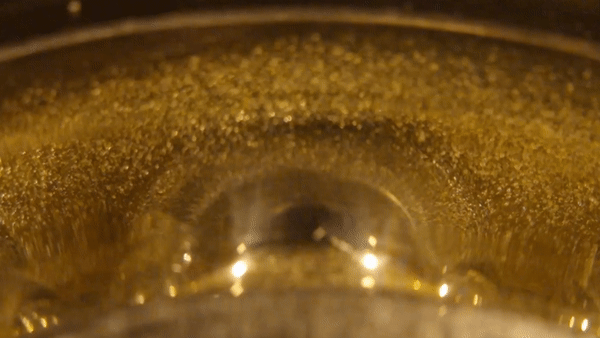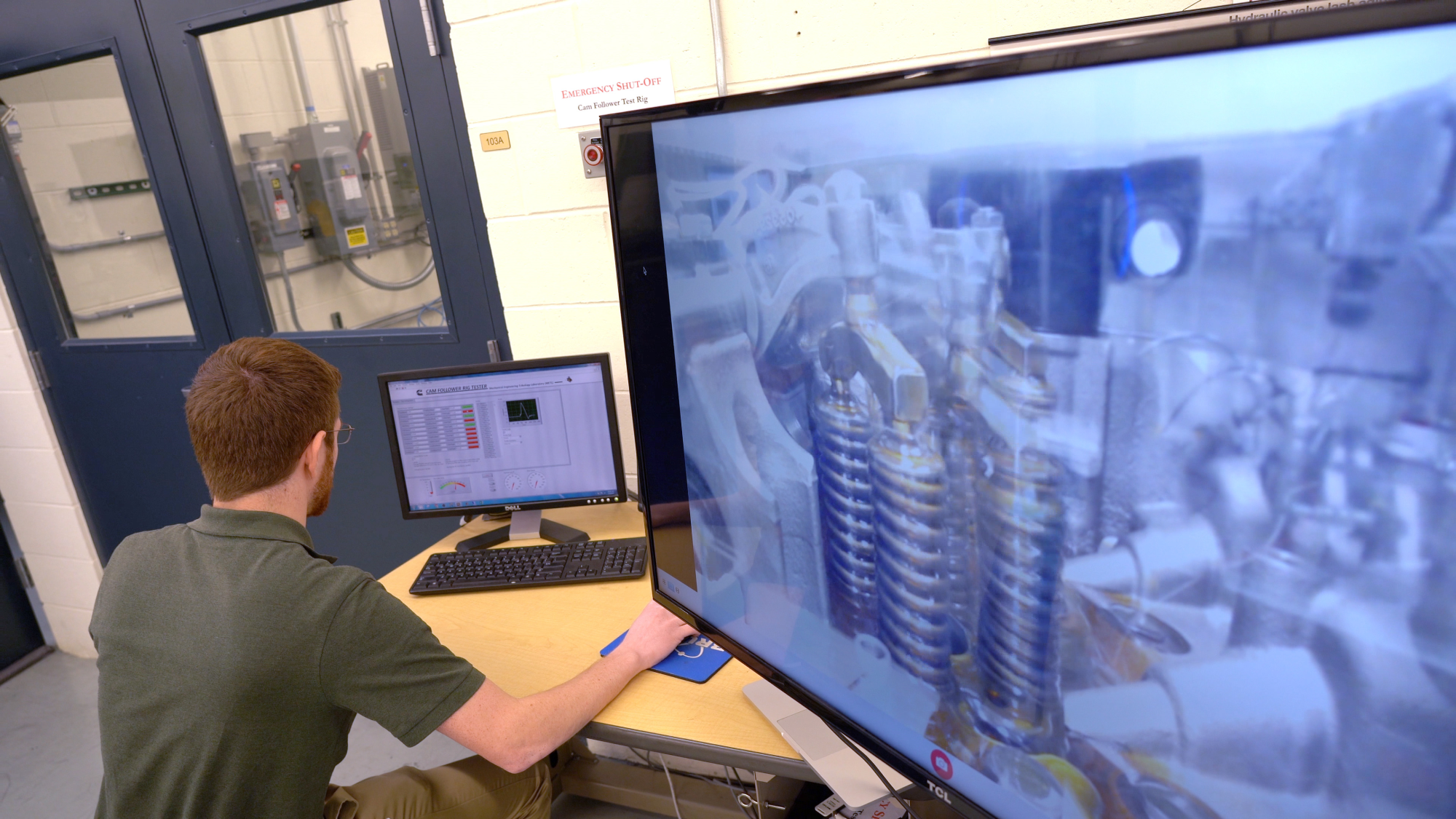 Lubricant levitation in High-speed bearings due to Aerodynamic Leidenfrost Effect
Lubricant levitation in High-speed bearings due to Aerodynamic Leidenfrost Effect
Up to 60% of the total fuel energy used in a typical automotive engine is lost to various factors and mechanical friction accounts for roughly 15% of these losses. Critical components in internal combustion engines and drivetrains such as camshafts, wet clutches and ring and pinion gears require lubrication to ensure efficiency and protection against premature failure. METL’s goal is to collaborate with leading industry partners to better understand fundamental lubrication phenomena for direct, real-world applications in the automotive and aerospace fields.
Current work in the METL lubrication group is focused around rolling element bearing (REB) friction calculations and the modeling of lubricant flow both at the microscopic and macroscopic scale within a REB. Much recent effort is being dedicated to the in-situ observation of REB lubrication through the utilization of innovative test equipment, particularly for high-speed applications. On the global scale, computational fluid dynamic (CFD) models can be used for predicting fluid flow around REB components such as rolling elements and cages. Conversely, within a small lubricated contacting area (~10μm scale), elastohydrodynamic lubrication models are useful for predicting lubricant pressure and film thickness profiles which can be validated experimentally with specialized testing equipment. Experimental work surrounding frictional losses in automotive components is also being conducted in an effort to move toward the true prediction of REB friction coefficient values and the optimization of drivetrain efficiency.
 Lubricant levitation in High-speed bearings due to Aerodynamic Leidenfrost Effect
Lubricant levitation in High-speed bearings due to Aerodynamic Leidenfrost Effect
 Flow Visualization in a Roller Bearing
Flow Visualization in a Roller Bearing
 Oil Starvation inside an ACBB
Oil Starvation inside an ACBB
 Bubble Image Velocimetry for an ACBB
Bubble Image Velocimetry for an ACBB
Another research topic the METL lubrication group investigates is focused on the roll of slip within a cam follower system. Cam and roller follower mechanisms are used to operate the valve train in IC engines. Additionally CF mechanisms pressurize the fuel that will be injected into the throttle body or combustion chamber. Since the slip within a cam follower interface has a direct effect on wear and failure, slip is closely investigated. To understand the influence of slip within a CF system, experimental work focused on measuring the angular velocity of the roller follower is being conducted. The results extracted from the experimental work is compared to the angular velocity of a cam and roller follower system experiencing pure rolling. Any difference in speed is used to calculate the slip at the interface.
 Experimental Measurement of Cam Follower Slip
Experimental Measurement of Cam Follower Slip
MECHANICAL ENGINEERING TRIBOLOGY LABORATORY
Purdue University, West Lafayette, IN 47907 USA, (765) 494-4600